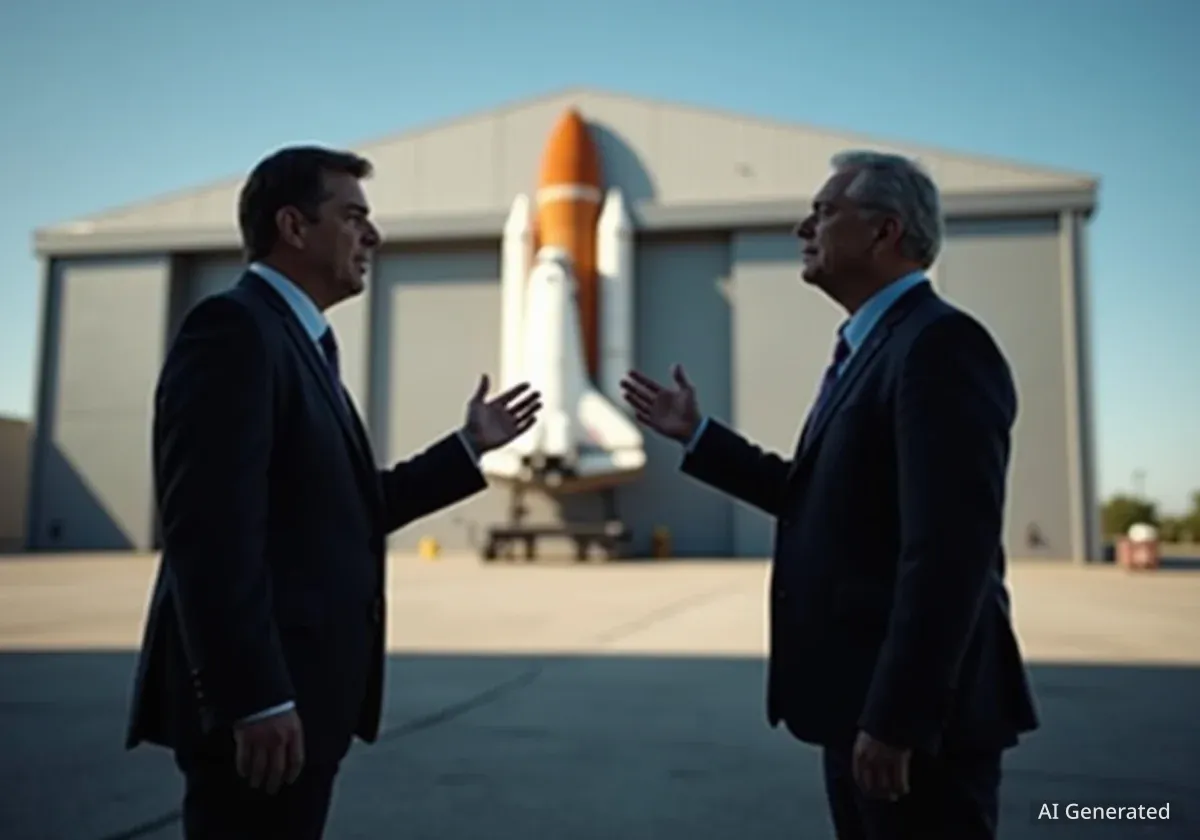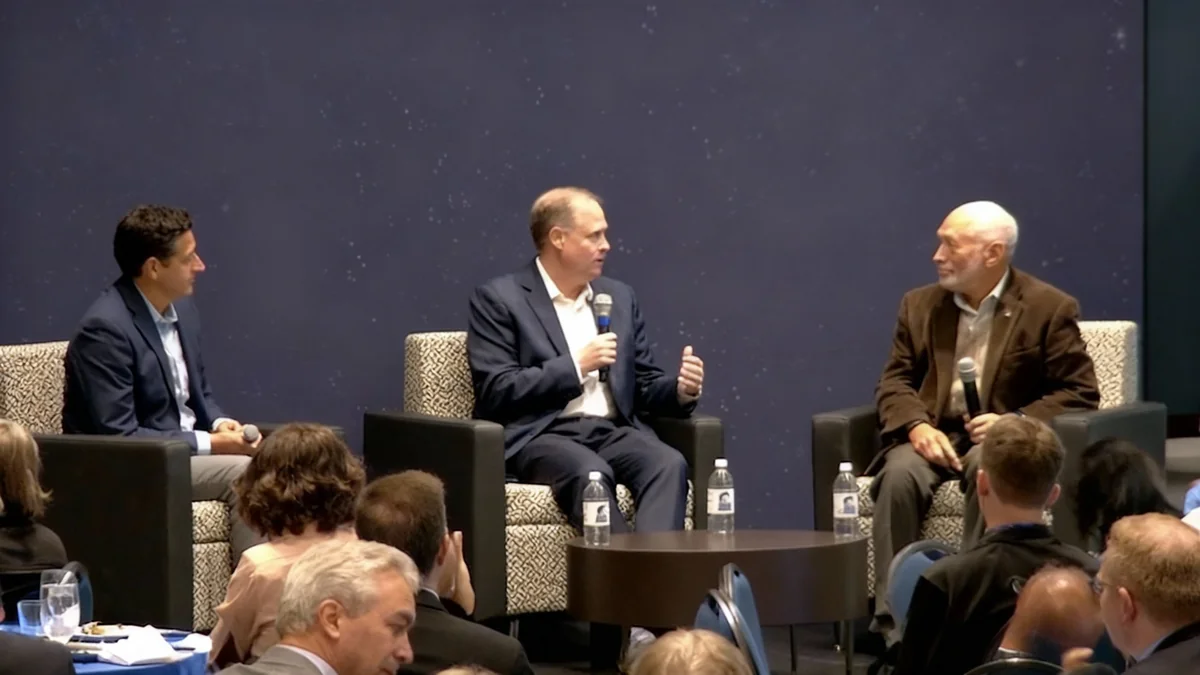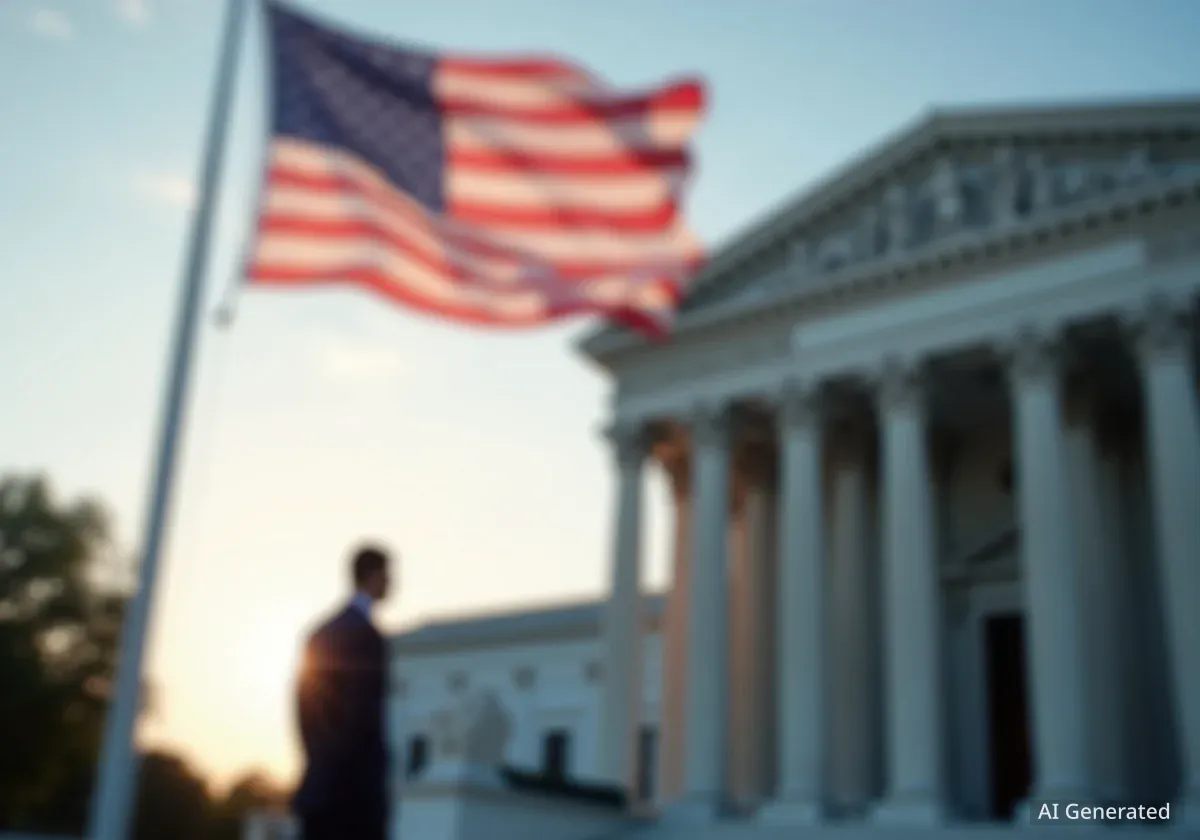Virginia's U.S. Senators Mark Warner and Tim Kaine are actively opposing a legislative effort to relocate the Space Shuttle Discovery from its current home at the Smithsonian's National Air and Space Museum. The proposal, championed by Texas senators, seeks to move the historic orbiter to the Johnson Space Center in Houston, sparking a debate over cost, public access, and historical preservation.
The senators from Virginia have raised significant concerns about the financial implications, citing a Smithsonian estimate that the move could cost over $375 million in combined transportation and facility construction expenses. They argue that such an expenditure would be a misuse of taxpayer funds and would risk damaging an irreplaceable national treasure.
Key Takeaways
- Virginia Senators Mark Warner and Tim Kaine are opposing a plan to move the Space Shuttle Discovery.
- The proposed new location is the Johnson Space Center in Houston, Texas, an effort supported by Texas Senators John Cornyn and Ted Cruz.
- The Smithsonian estimates the total cost of relocation and new facilities could exceed $375 million.
- Opponents argue the move would waste public funds, risk damaging the artifact, and reduce public access.
- Supporters believe Houston, as the center of human spaceflight, is the natural home for Discovery.
Political Push for Relocation
A political dispute has emerged over the permanent location of the Space Shuttle Discovery, which has been displayed at the Smithsonian's Steven F. Udvar-Hazy Center in Chantilly, Virginia, since 2012. The effort to move the orbiter is being led by Texas U.S. Senators John Cornyn and Ted Cruz.
They argue that the Johnson Space Center in Houston is the most appropriate home for Discovery, given its central role in the nation's human spaceflight program. According to Senator Cornyn, Houston was unfairly overlooked when NASA distributed the retired shuttle fleet in 2010.
"Seeing this firsthand and understanding its significance will hopefully make a very positive influence on them and their life, and it would be great for tourism and the economy," Cornyn stated in a previous interview regarding the potential impact on future generations.
The legislative effort includes a provision in the Big Beautiful Bill Act that required the current NASA administrator to re-evaluate the shuttle's placement, a determination that subsequently favored Houston.
Virginia's Opposition and Financial Concerns
In response, Senators Warner and Kaine have taken formal steps to block the move. They sent a letter to Senate appropriators urging them to deny federal funding for the relocation. Their primary argument centers on the substantial cost associated with the project.
According to their letter, the Smithsonian Institution has provided a cost analysis with significant figures:
- Transportation: More than $50 million.
- Planning and Exhibit Reconstruction: An additional $325 million.
- Total Estimated Cost: Over $375 million.
This total far exceeds the $85 million that was appropriated in the Act for the purpose of the move. The senators contend that this represents an inefficient use of taxpayer money, especially when the shuttle is already housed in a world-class facility.
Discovery's Legacy
Between its first flight in 1984 and its retirement, Space Shuttle Discovery flew 39 missions, more than any other orbiter. It traveled nearly 150 million miles and spent a total of 365 days in space, deploying the Hubble Space Telescope and playing a critical role in the construction of the International Space Station.
The Argument for Public Access and Stewardship
Beyond the financial costs, Warner and Kaine emphasized the issue of public accessibility. The Udvar-Hazy Center, located near Washington, D.C., offers free admission and is one of North America's most popular museums, attracting over a million visitors each year.
"From a public access standpoint, the Udvar-Hazy Center... offers free public admission and draws millions of visitors annually, including students, veterans, and international tourists," the senators wrote. They argue that the Smithsonian provides professional stewardship and global visibility that would be disrupted by a move.
Smithsonian's Position on the Matter
The Smithsonian Institution, which legally owns the orbiter, has maintained a neutral but cautious stance. In a statement, the institution affirmed its responsibility to manage and preserve its collections for the nation. "The Smithsonian has a unique responsibility to properly manage, preserve, and make accessible the collections in its care for current and future generations," the statement read. The institution confirmed it would "carefully evaluate any request to move Discovery" in line with its professional and ethical obligations.
Future Plans and Historical Context
The debate occurs as the Smithsonian is already planning a major expansion of the Udvar-Hazy Center. This project, with construction expected to conclude by the end of 2028, is designed to enhance existing exhibits and display more artifacts, including those related to the space shuttle program.
The original decision to place the retired shuttles was made in 2011 by then-NASA Administrator Charles Bolden Jr., a former Discovery astronaut. He assigned the orbiters to facilities in California, Florida, and New York, in addition to Discovery's placement in Virginia. Senator Cornyn has long maintained that this decision was a slight to Houston's legacy in human space exploration.
The current proposal seeks to reverse that decade-old decision through legislative action, creating a conflict between state delegations and raising questions about the management of national historical artifacts.





